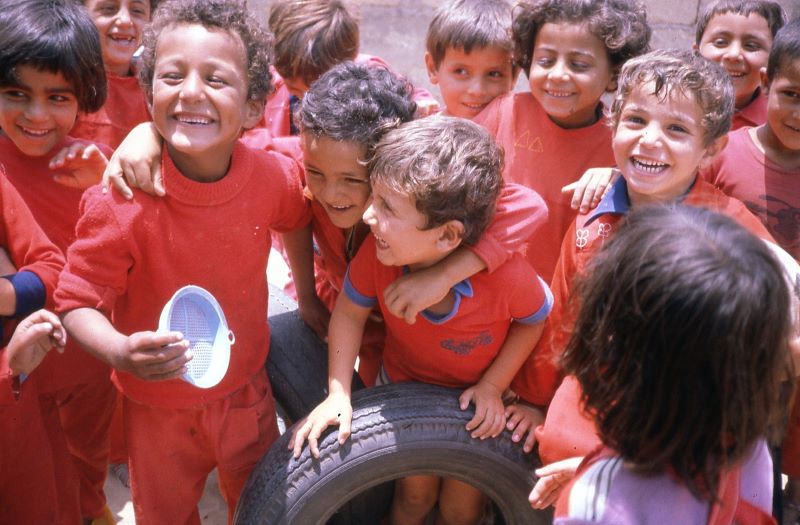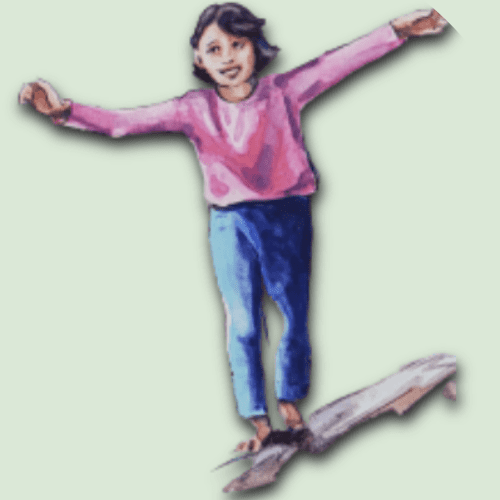Yes, refugee children are special. For instance by the time we see them:
- They have frequently experienced both forced displacement from their homes and other extensive traumatic experiences.
- Have had to adapt to new environments.
- May be in the process of acquiring a new language.
- May have been separated from their families.
These are major adjustment issues for children but so often when we, who are teachers, assistants, child caregivers, or other persons working with young children, see a refugee child walking through our door we tend to think mostly about language needs. The children are usually spotlessly clean, hair combed nicely, clothes tidy, with a shy, slightly frightened smile on their face. We don’t think about what that child has experienced before they come to us.
When one thinks about all of the traumatic events refugee children have been through before we see them, we must remember that they are responding to us and their new situation through the lenses of those experiences and the scenes and noises they have stored away in their memories.
Refugee children experience 4 phases in their journeys – and the memories linger. Memories of (1) pre-migration horrors, (2) trans-migration fatigue, fear, and unpredictability, (3) post-migration hope so often dashed, and (4) continued desire to either go back home or emigrate to another country.
All 4 phases of the refugee experience are so often filled with violence, horrifying memories, and difficult survival, frequently without family members who have been left behind or who have died as a result of the flight.

These are the children we see – who bring with them the strengths of their heritage coupled with experiences of survival. These are the children who come to us for care and learning experiences that will support them as they are able to focus more and more on becoming who they can be. We need to furnish them with all the help, assistance, and appropriate guidance that we have, for they will take their place as participants in the world order bringing with them their cultural background with the melded experiences and learning they have attained.
Here are some things you can do:
- Give extra reassurance and physical comfort.
- Provide structure and consistency.
- Welcome children’s talking about how they feel – listen without judging. But remember that many refugee children do not feel comfortable talking.
- Use extra patience and give clear simple directions, repeat if necessary.
- Let children know what they can expect and give plenty of warning ahead of time for transitions.
- Since refugee children communicate better through visuals than words provide opportunities for expressive art activities such as painting, drawing, clay, play dough, music and dance from the homeland.
Throughout this website you will find suggestions on what you might do in working with refugee children, resources you can use, opportunities to give feedback, and opportunities to request topics you would like to have covered. You might also have some good ideas for working with refugee kids that we could share on this site.
This website is dedicated to the health and welfare of refugee children and their families –
